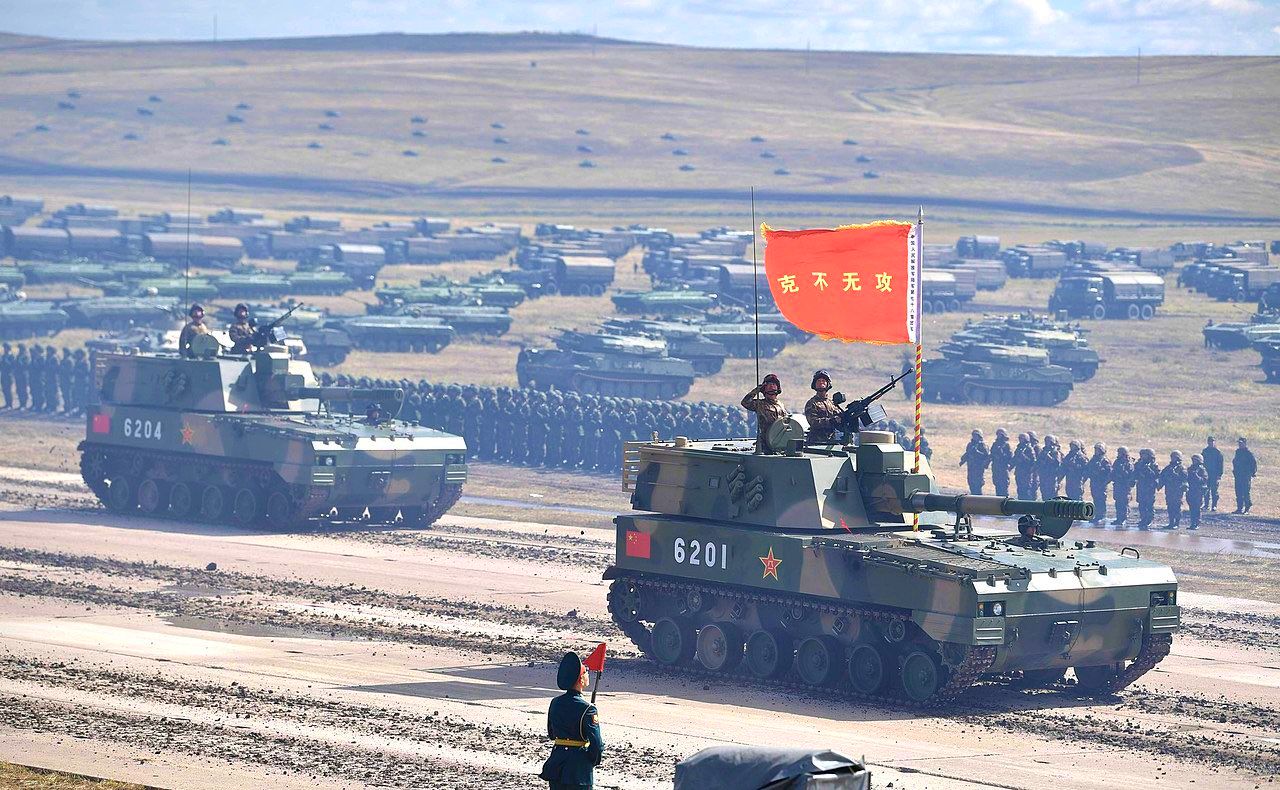This Friday, September 9, saw both a positive and negative development in India-China ties. Indian Army and People’s Liberation Army (PLA) troops disengaged at the Gogra-Hot Springs (Patrolling Point-15) section of Eastern Ladakh, and Japan and India promised to firm up defense ties.
This comes in the wake of US military officials suggesting that India can be used as a “second front” against China in the event of a clash between the two superpowers in the Western Pacific.
Friday’s reports came ahead of the Shanghai Cooperation Organization (SCO) summit in Uzbekistan next week, which will be attended by both Chinese President Xi Jinping and Indian Prime Minister Narendra Modi.
It can be safely assumed that China wished to instill confidence in the Indian leadership in the face of US pressure to ramp up an anti-China and Russian grouping.
However, the same day, Indian External Affairs Minister S Jaishankar and Defense Minister Rajnath Singh met their Japanese counterparts in Tokyo as a part of a ‘2+2 Dialogue’ format.
Both sides did announce a series of enhanced defense, security, and defense industry collaboration. These include a long overdue “joint fighter aircraft exercise” for “greater collaboration and interoperability”; talks between Japan’s Joint Staff and India’s Integrated Defense Staff (IDS) and; inviting Japanese companies to invest in India’s defense manufacturing corridors.
But other areas of possible cooperation also included economic security, technological partnerships, and labor upskilling sending the message that India’s sole objective was not to be drawn into an anti-Chinese camp.
Moreover, there were no direct references to China by Jaishankar, except for the usual “shared values of democracy, freedom, and respect for the rule of law” that define the India-Japan partnership.

India As A ‘Second Front’ Against China
On August 25, US Chief of Naval Operations (CNO) Admiral Mike Gilday said during a talk held by the Heritage Foundation in Washington that India presented a “two-front problem” to China.
“They now force China to not only look east, toward the South China Sea and the Taiwan Strait, but they now have to be looking over their shoulder at India,” Gilday said.
He added that a potential fight with China would be trans-regional, where the “Indian Ocean (and their) global economic connective tissue Belt and Road Initiative” could be examined.
This was after Indian strategic commentator Brahma Chellaney wrote an article titled ‘India has a Stake in Taiwan’s Defense’ suggesting how Indian activities in the Himalayas could “tie down a complete Chinese theatre force which could otherwise be employed against the island.”
This was after Elbridge Colby, a former Pentagon official under the Donald Trump administration, suggested in June that the US and Japan employing India to draw Chinese attention to a “major second front problem.”
Can China Fight A Two-Front War?
In simple terms, yes. China created theatre commands post-2015, with a dedicated Western Theatre Command (STC) facing its entire southwestern and southeastern Himalayan border with India. This means it has dedicated air and ground forces to simultaneously undertake operations in Ladakh and Arunachal Pradesh.
Even if a localized skirmish breaks out in Ladakh and India opens up a new front in Arunachal Pradesh to pressure China, it will still be carried out by different field armies and air forces – the Eastern Command of the Indian Army and the Eastern Command of the IAF looking at Arunachal Pradesh, the Northern Command of the Indian Army and the Central Command of the Indian Air Force concerned with Ladakh and the Central Command of the Indian Army handling the Chinese border in Himachal Pradesh and Uttarakhand.
Thus, China can concentrate synergized efforts across a single front with few coordination issues between the PLA and the People’s Liberation Army Air Force (PLAAF). Heavy losses of air and ground assets will lead India to transfer men and machinery from other commands like the Southern and Southwestern Army Command.
Secondly, China initiated the standoff with India at the height of the pandemic in 2020 while it was already mobilized in the Western Pacific. It, therefore, served as a statement to the US that Beijing can simultaneously mobilize on two fronts during an unprecedented once-in-centuries pandemic and has the economic capability to afford it.
In early August, the first-ever live-fire exercises in the Taiwan Straits involved only assets of the Eastern Command, with only a carrier and a submarine from its Northern and Southern Theatre Commands.
Thus, for the Western Pacific, China has three commands alone (Northern, Eastern, and Southern), with the Central Command possibly transferring resources in case of a massive conflagration.
This, too, is unlikely, as it will require all three flashpoints – the Korean Peninsula, the Taiwan Straits, and the South China Sea – to erupt simultaneously.
In the case of three flashpoints, North Korea will be a direct party fighting the US, South Korea, and possibly Japan. Russia, too, is likely to be drawn in – albeit independently and not a part of a military alliance with China. Either way, this pressures Japan and the US in far North-East Asia, where China wouldn’t have to do all the fighting.
Former Indo-Pacific Command (INDOPACOM) chief Admiral Philip Davidson and current US Marine Corps Assistant General Eric Smith have admitted the US’ severe disadvantage before China in the western Pacific.
China enjoys a massive ‘home advantage’ and can keep a war going for a long time, unlike the US, which faces an ‘away disadvantage.’
- The author can be reached at satamp@gmail.com
- Follow EurAsian Times on Google News